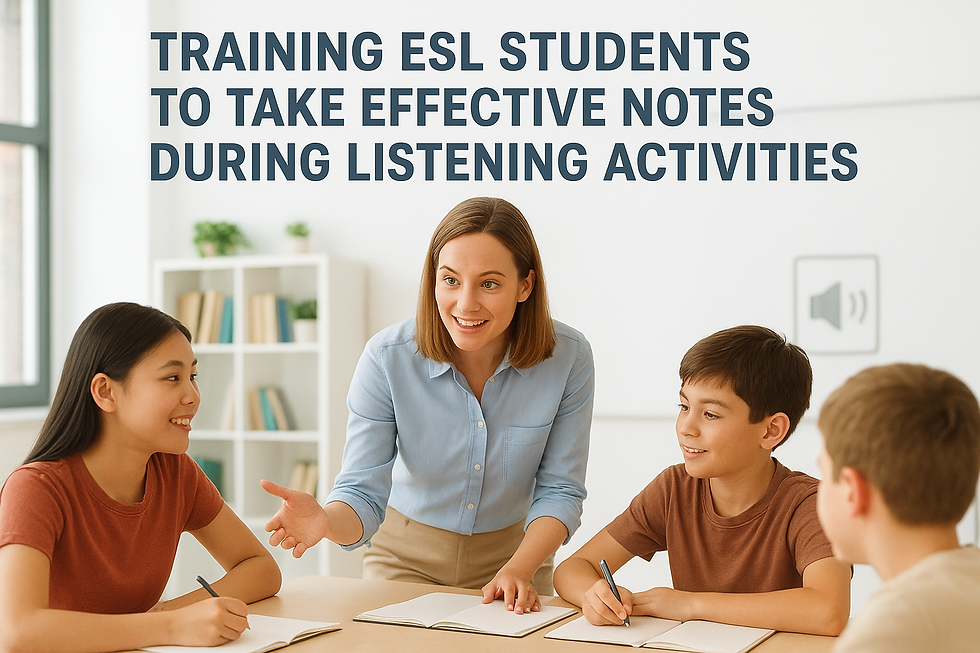Teaching Vocabulary Through Movement – Kinesthetic Learning in TEFL
- Michael Brandon
- Oct 8
- 1 min read

🎯 Introduction
When students move, they remember. Physical activity not only boosts energy but also strengthens vocabulary recall. This approach — known as kinesthetic learning — is especially effective for young and energetic ESL students.
📄 Use Total Physical Response (TPR)
Connect every action word to a movement. Say “run,” “jump,” or “wave,” and do it together. The brain links physical motion with sound and meaning, helping students recall naturally.
📚 Play Movement Games
Games like “Simon Says,” “Touch the Word,” and “Flashcard Race” keep energy high and learning focused. Add a competitive twist to maintain excitement without losing structure.
📄 Bring Real Objects to Life
Use real items from the classroom — pens, books, chairs. Turn them into active sentences: “I pick up the book,” “I sit down.” Concrete context deepens understanding.
💡 Rotate Roles Often
After several rounds, let students be the “teacher.” Guiding peers through actions boosts both confidence and comprehension.
📌 Final Thought
Movement-based learning keeps lessons memorable and interactive. When vocabulary is tied to real actions, students don’t just learn English — they live it.




Comments